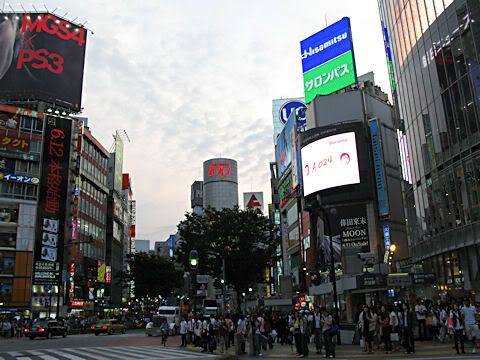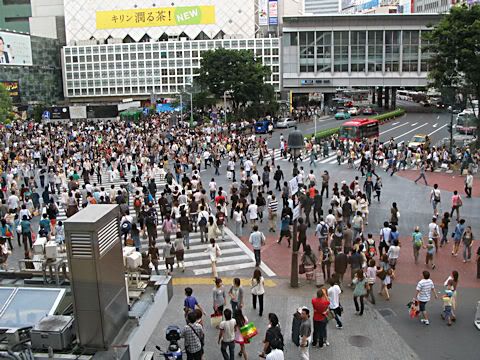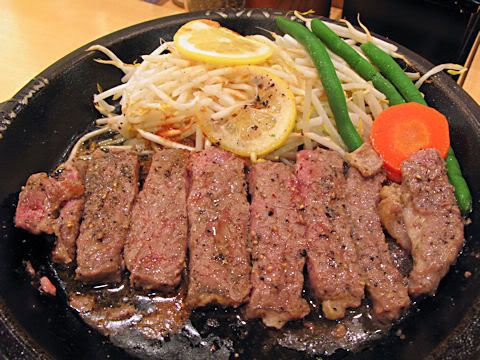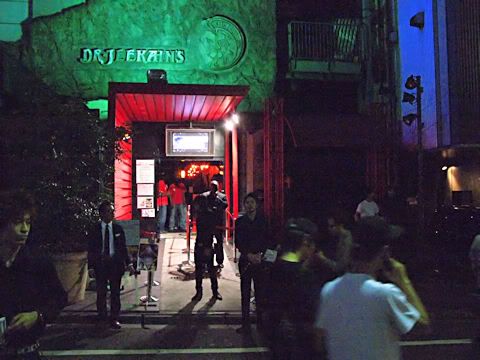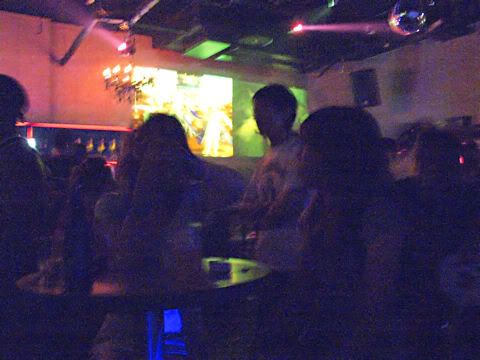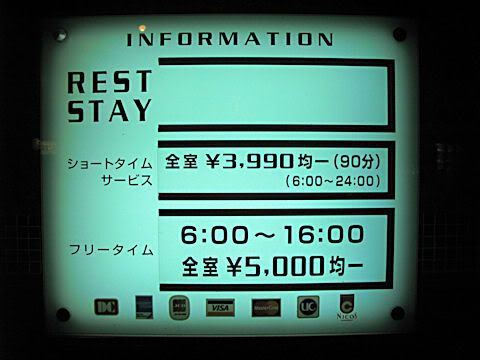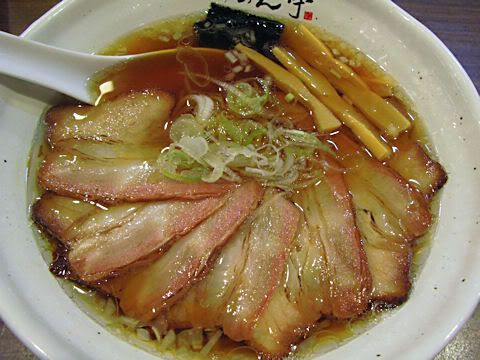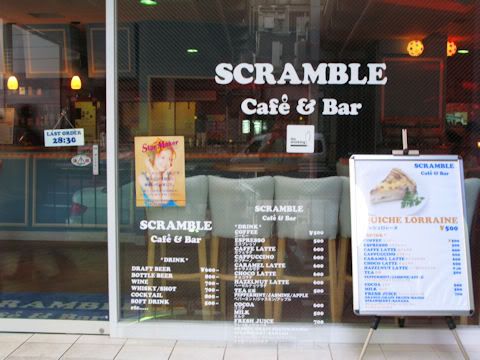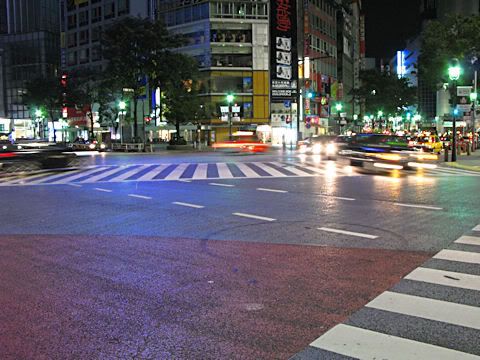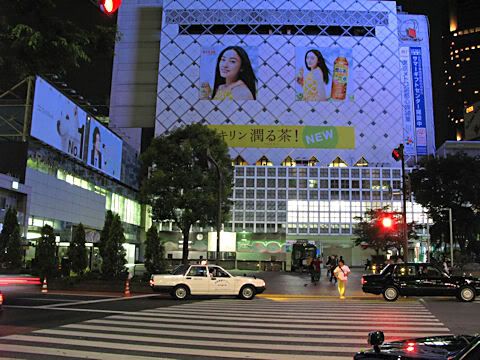The Chinatown in Yokohama City of Japan was the earliest settlement of the Chinese in the Land of the Rising Sun after the port was open to foreign trade in 1859. As a Chinese from Malaysia, I have intimate feelings for Chinatowns, so when I first alighted from the train at the JR Ishikawacho Station, I followed the signage to the largest Chinatown in Japan.
At every entrance of a Chinatown, you are sure to find a colourful gate flanking the entrance. So, visitors will know that they are heading in the right direction. There are in total nine gates in this Chinatown along; four at the main entrances, and five within the premises.
As food is the main part of the Chinese culture, restaurants usually occupy half of the shop lots in Chinatown.
Souvenir shops are abundant as Chinatown is a tourist destination in most guided tours. The bright and colourful decor will sure draw much attention from tourists.
Right opposite this colourful souvenir shop is the Tian Hou Temple (天后宫). Tian Hou is literally "Heavenly Empress" or "Heavenly Queen". She is regarded as the Goddess of the Sea for Chinese people. Therefore, many overseas Chinese worship Tian Hou as many of their ancestors went to the foreign lands by sea.
Another name of Tian Hou is Mazu (妈祖) which means "Mother-Ancestor". An elegant statue of Mazu is sitting on the main altar of the prayer hall.
The ceiling of the prayer hall is elaborately decorated with carvings and paintings.
Steamed buns are common food amongst the Chinese. So, they are sold almost everywhere in Chinatown.
When night falls on Chinatown, all the neon lights turn it into a colourful town.
As I have said earlier, most of the shop lots are taken up by restaurants.
When I walked further, I saw another gate of all the nine gates.
Before I took the train heading home, I took the picture of another gate I came out of Chinatown.

